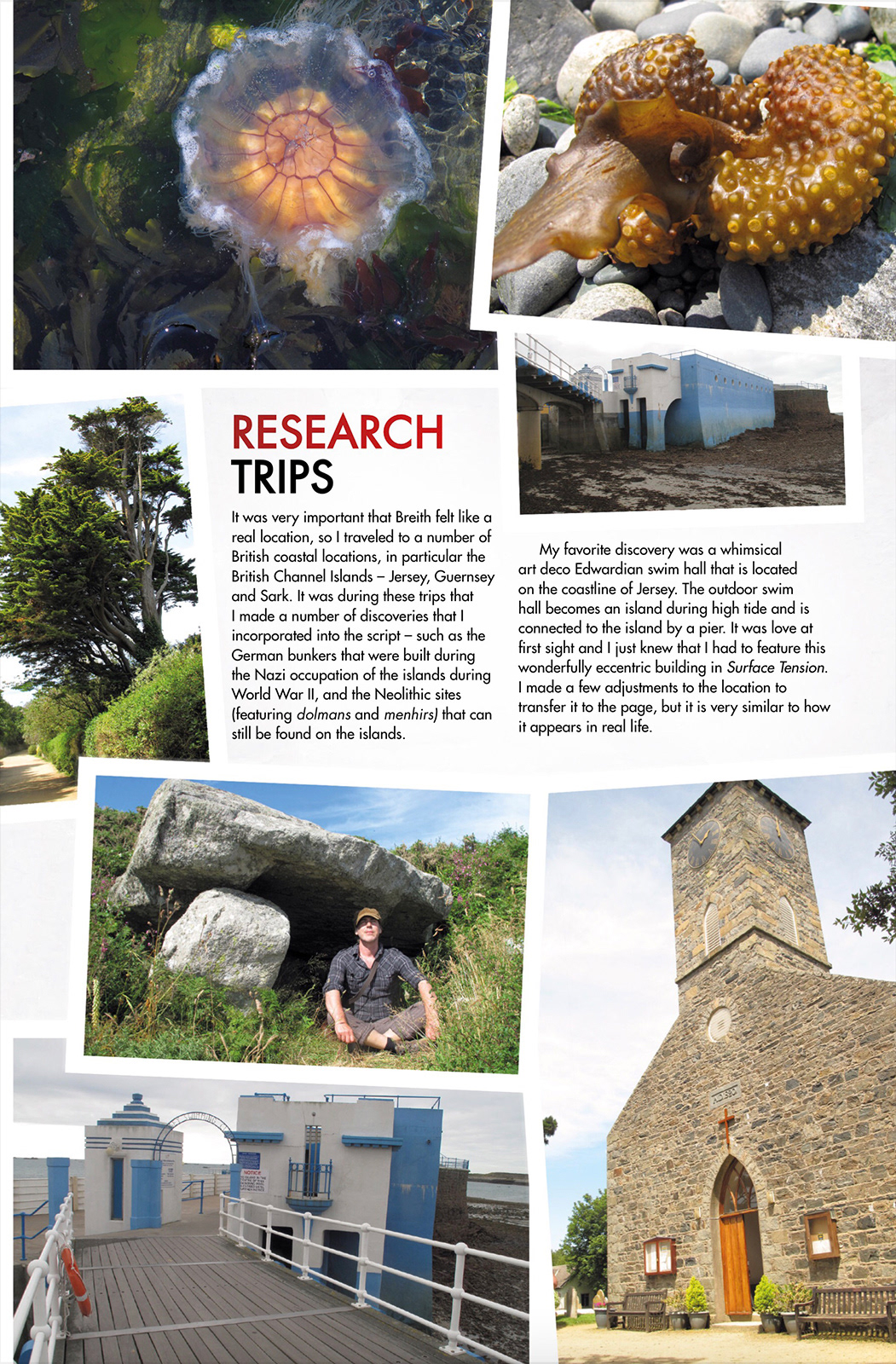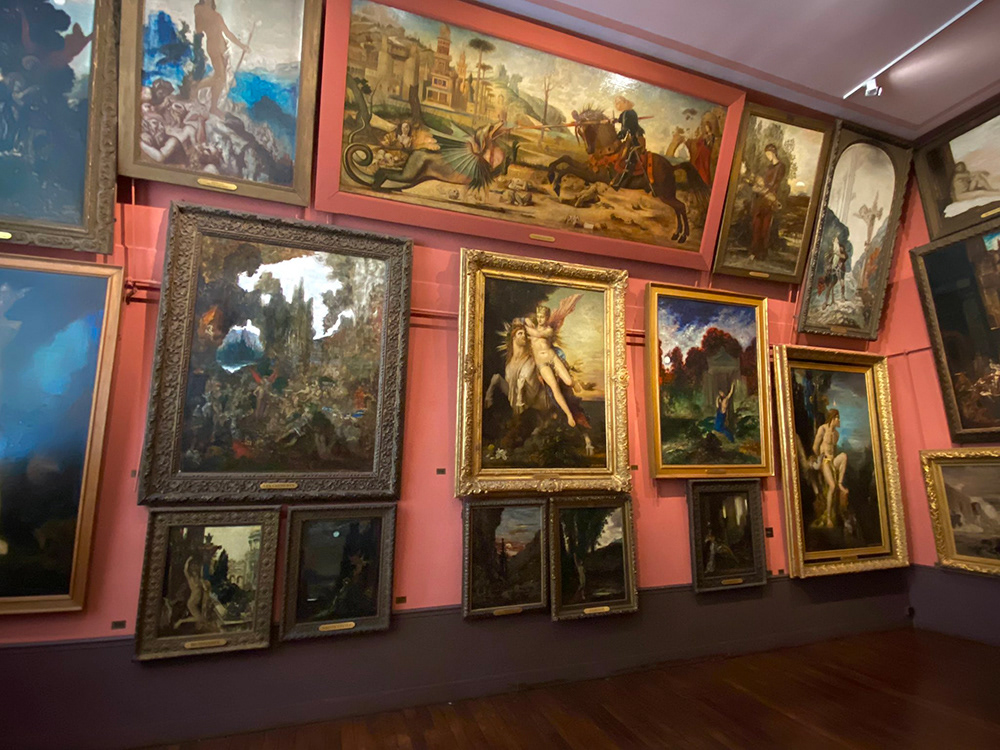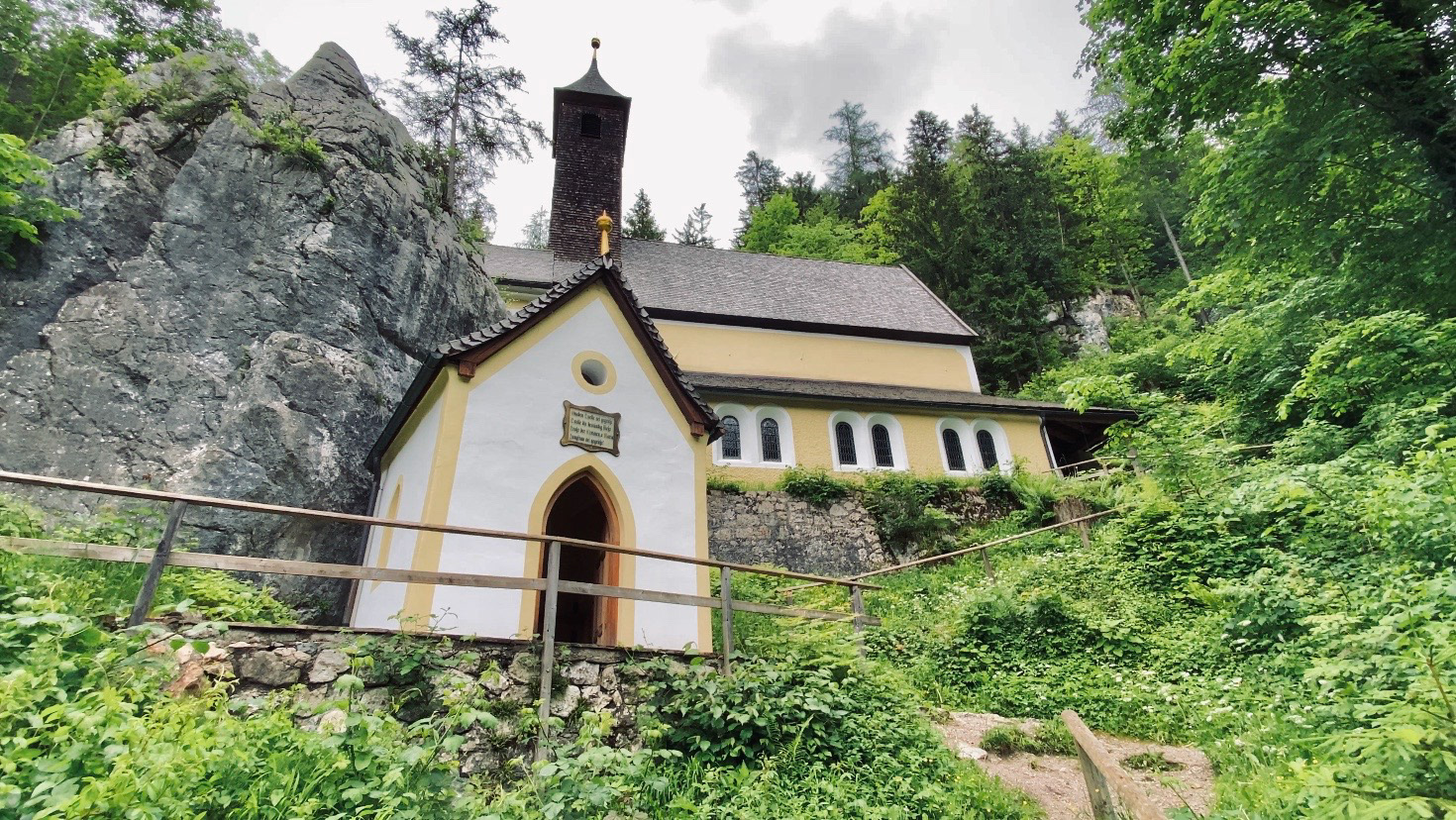Please note that this section only pertains to my hands-on my art/concept direction and book publishing work. For my video game Creative Direction job roles (at Sony) or narrative design roles please see the other sections of my portfolio.
As an Art Director and a tradition artist, I use a variety of tools in my video game and publishing work. Working both traditionally and digitally. Here are just a few of the tools that I use/have used:
Traditional Art skills
Photoshop / Procreate
SketchUp / Maya
Blender
Ink
InDesign
DaVinci Resolve
Research materials
Traditional art - I like to work using a mixture of traditional and digital art. Much of my early art and design work was completed traditionally and as such has a hand crafted feel to it. These days I work mostly digital, but I still like to sketch my preliminary concept work by hand using pencil and paper which I then scan and continue to work digitally, adding texture and colour while still preserving the hand crafted nature of my work.
Photoshop / ProCreate - I primarily use photoshop for colour work and graphic design tasks. I also use photoshop for motion graphic design work; motion comics, videos and VR design work.
As my portfolio hopefully demonstrates, while recognisably my own style, I have worked in a wide range of genre styles - from gritty and dark, stylised and whimsical, dramatic and fantastical and all the way through to creating realistic work.
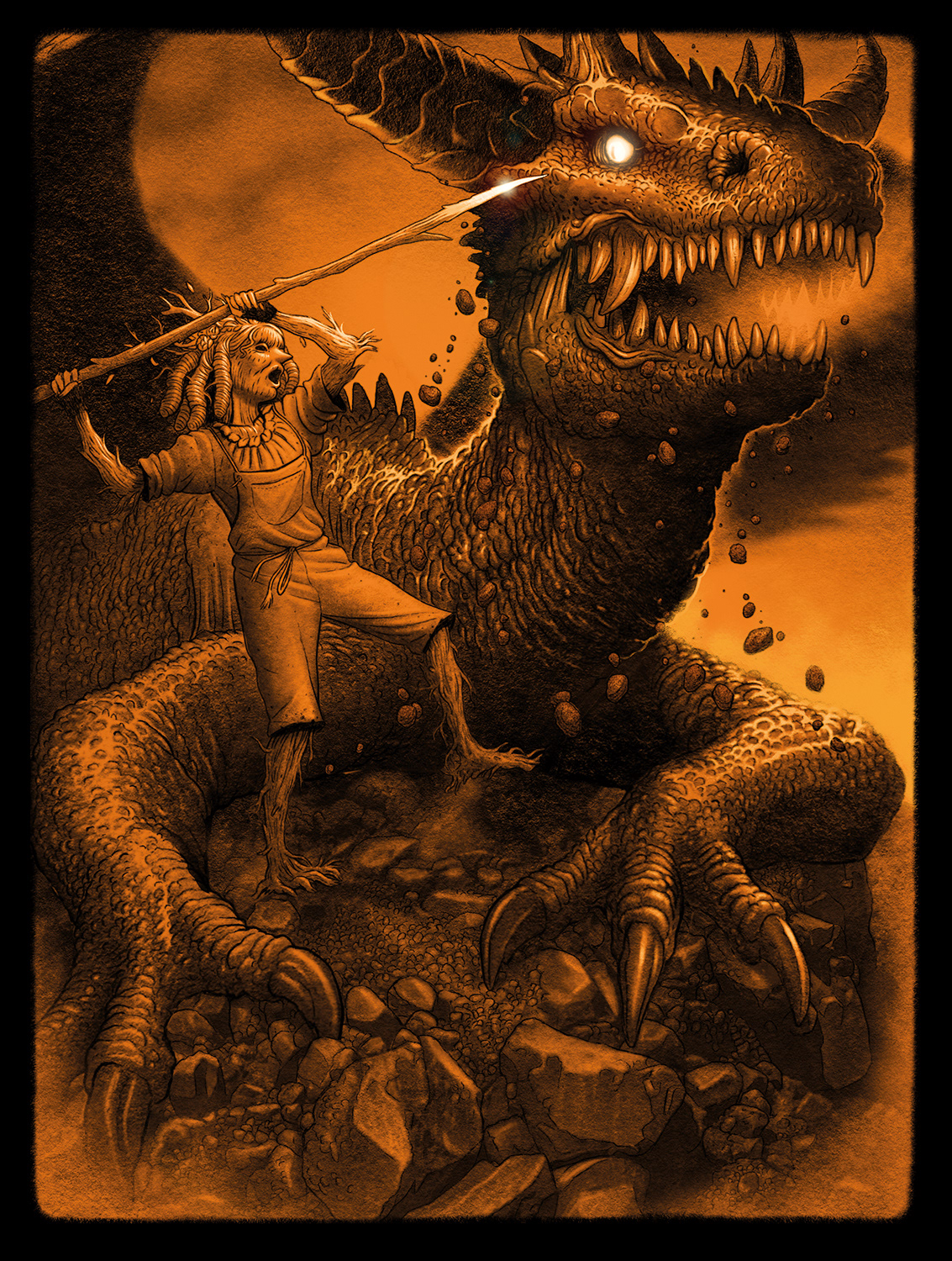
My book work is designed as I would concept design a video game.
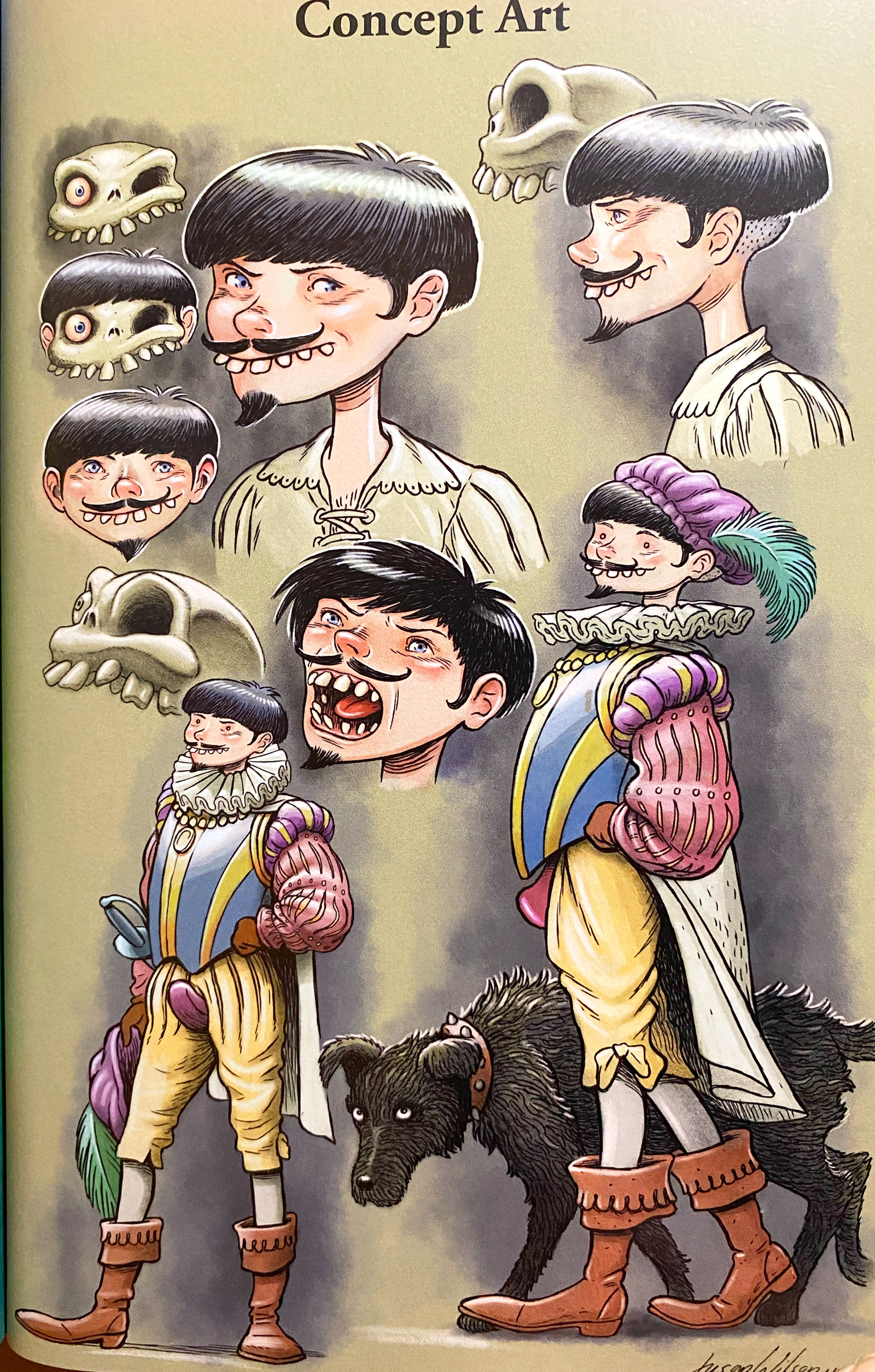
Concept character design for the 2019 "MediEvil" Sony Playstation game.
Documentation and current game art pipelines (2025) - It's not just about creating fun (or spooky) art direction and drawings, it's also about creating and maintaining documentation, art briefs and a structured pipeline for the art team to adhere to so that we can maintain regular reviews.
For this I create:
Art Briefs/Bibles - made to fulfil the requirements of the game/client/creative director. This contains all of the concept schematics, references and technical details to build a character, creature or environment.
Art pipeline overview map - this is the entire asset creation pipeline mapped out with traffic light reviews. This pipeline can vary depending on the tool set and engine requirements.
Presentations - I am frequently asked to make presentations to the studio, to clients and investors or in public at events or shows. This is something that I have a lot of practice performing at over the years.
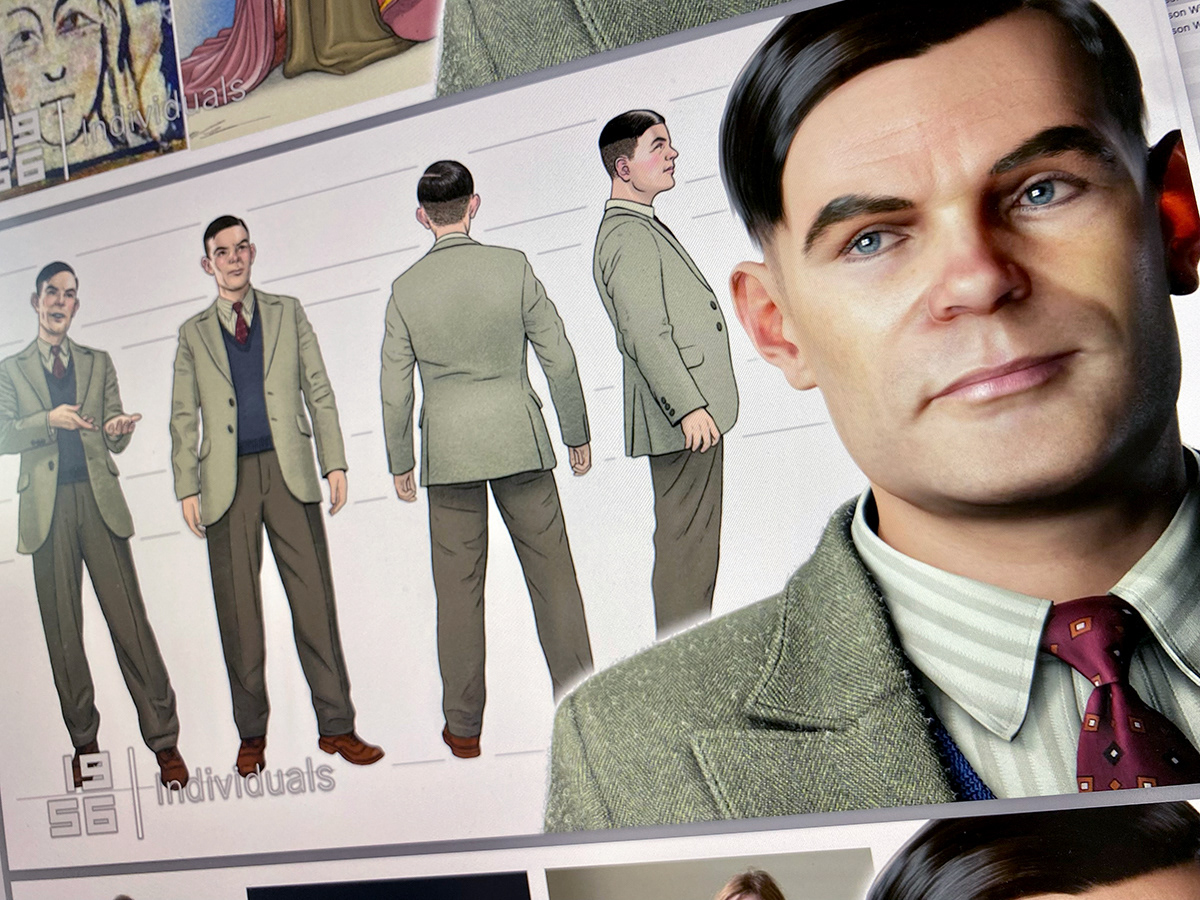
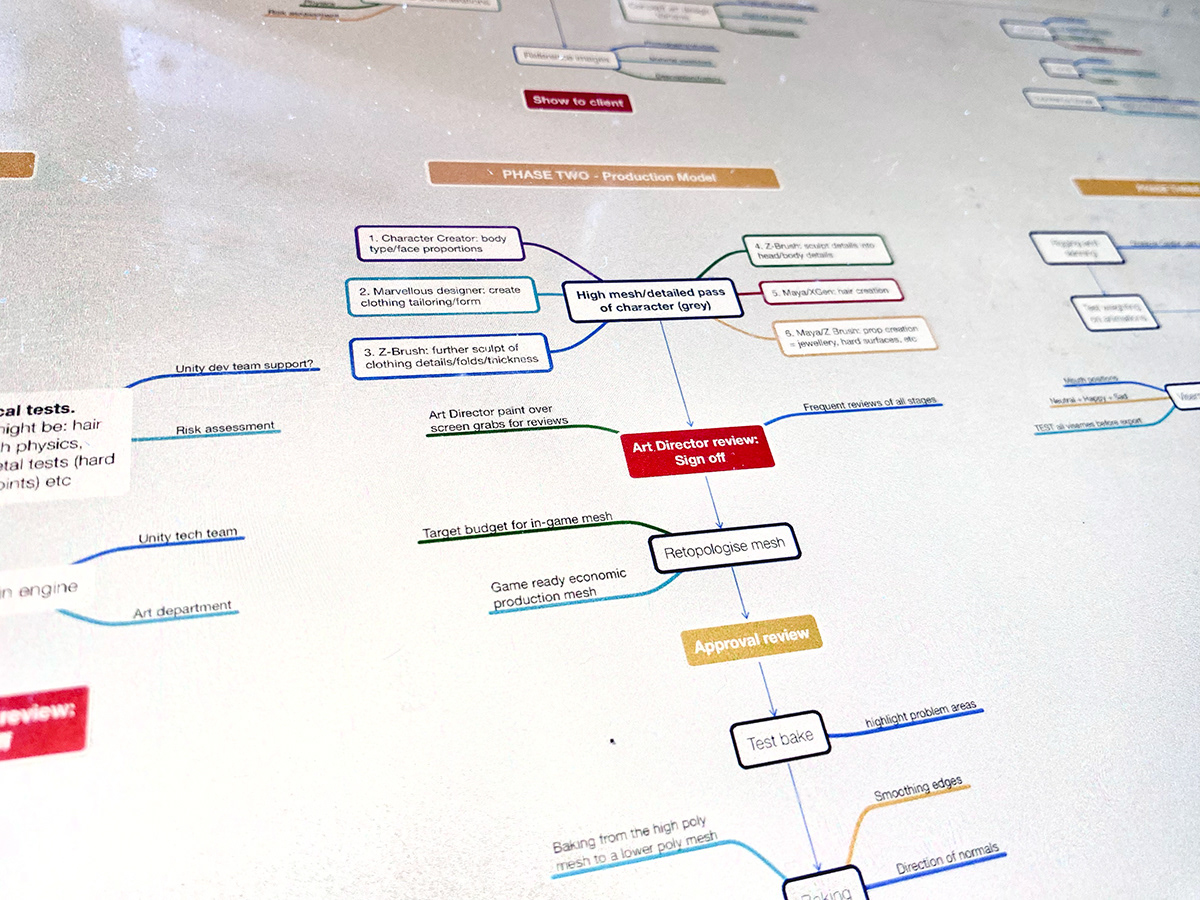
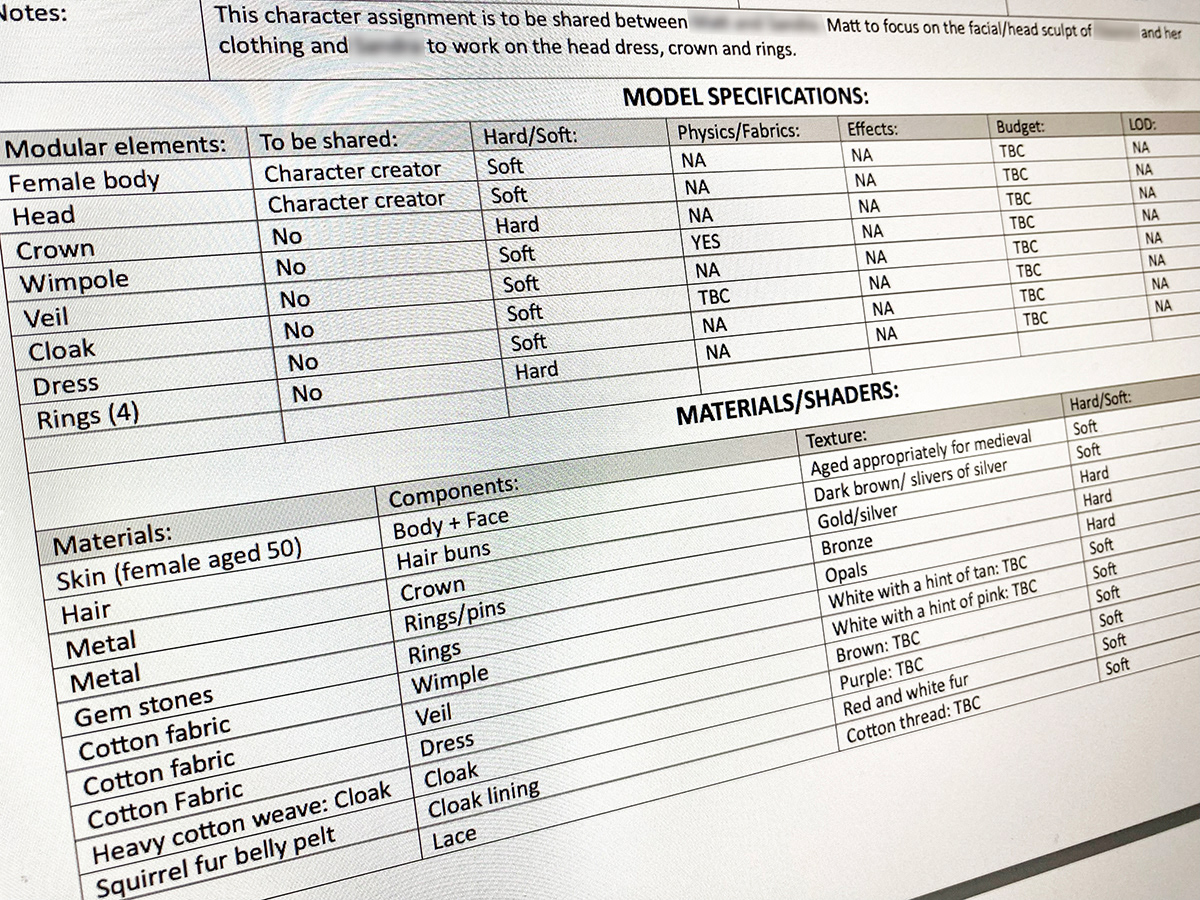
Sculpting concepts - I use Blender for sculpting concept art and to build pre-vis' shapes and designs for characters and creatures. This approach is also used for paint over concept sculpts in photoshop. I also use Blender to sculpt observational models from scratch based on old film characters for my own enjoyment (see below).
Previously, in my role as an Art Director at Sony, I would use Maya to sculpt pre-vis' models to hand over to the art department to build game ready models.

Blender sculpt of Count Orlock from F.W. Murnau's "Nosferartu." Currently being remade by film director Robert Eggers (2024).
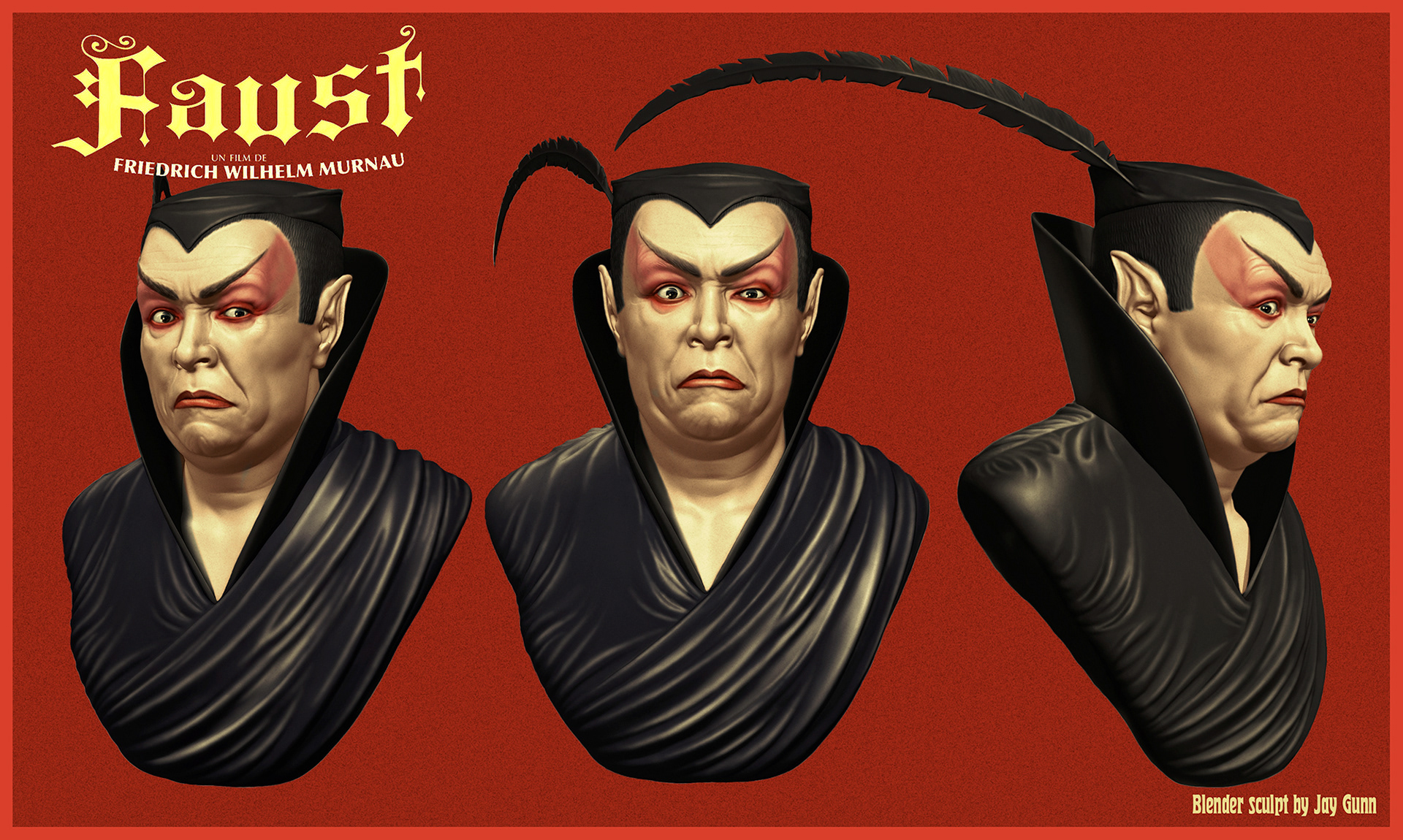

Uncoloured/shaded Blender study sculpt of Mephisto from the Murnau film "Faust.".
SketchUp / Maya - As an Art Director I would build pre-vis’ game environment geometry in Maya or Sketchup as part of the concept art process. I would use my test environment geometry in-game to test in-engine with the design team to set up in-game cameras and to map entities.
I also build geometry in the same way that I would for my video-game work in the development of my comics and illustrated book work. I would build the entirety of a story's environments to map out and story board scenes.
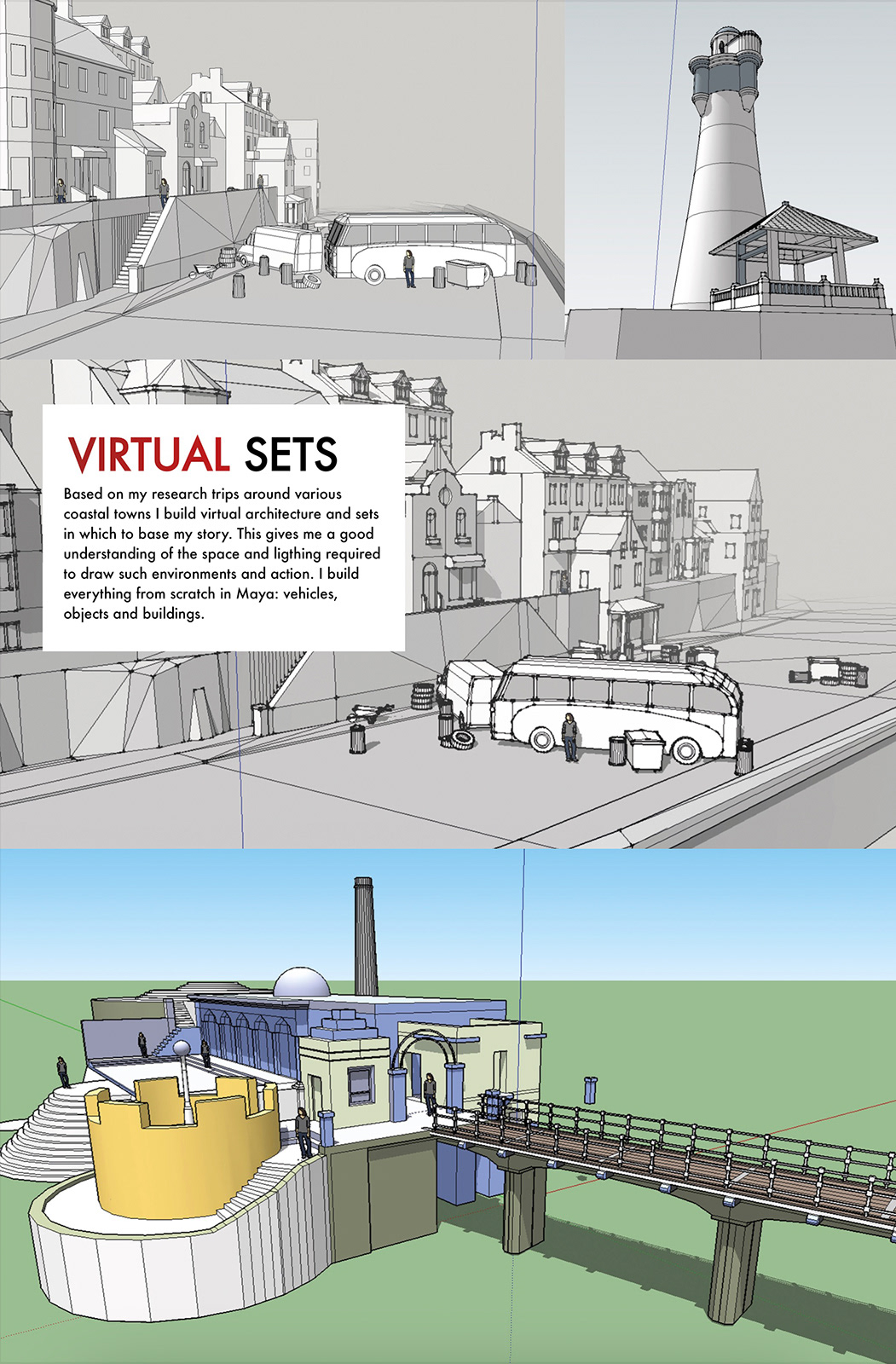


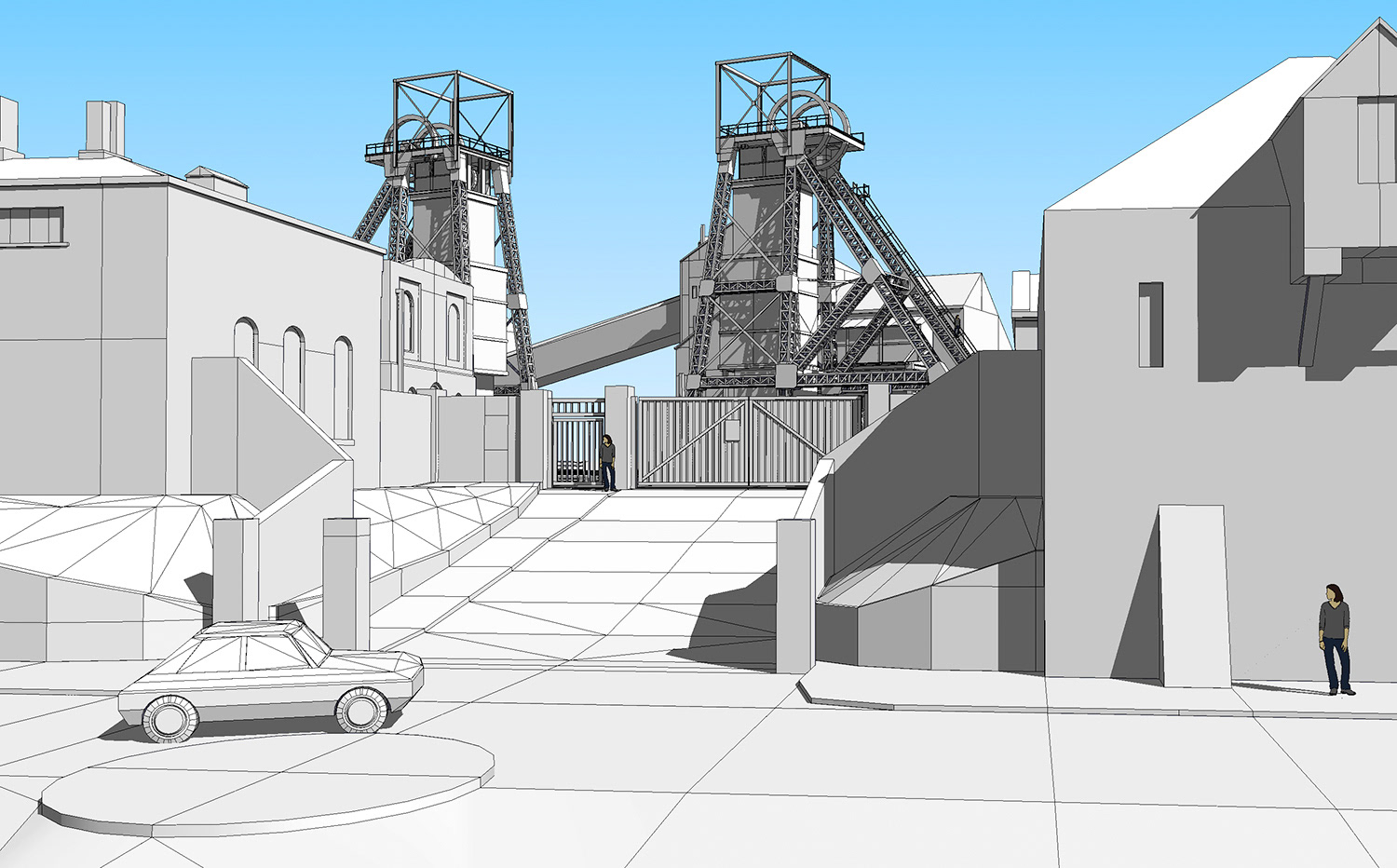
Ink - I occasionally use Ink (a game narrative scripting language) for designing dialogue flow and interactive narrative options. Jon Ingold, the creator of Ink, was one of the junior designers that I hired at Sony and worked with me during my time as a Creative Director. The two of us would work on narrative design work and flows (see VIDEO GAMES: Prototyping - Test Case for more details).
Ink has now become an industry standard dialogue scripting tool, which is great to see.


InDesign - I use InDesign for book layout, formatting and publishing when self publishing my own books.
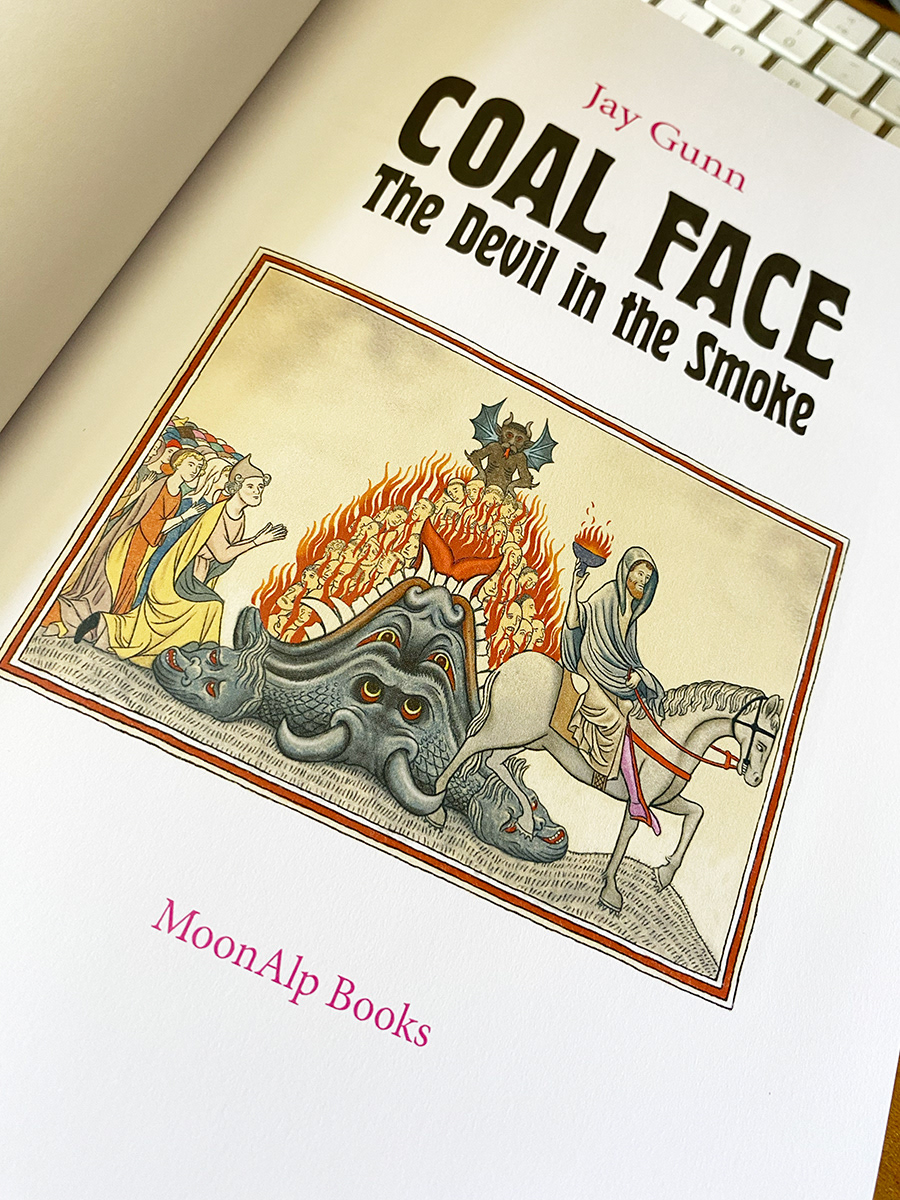
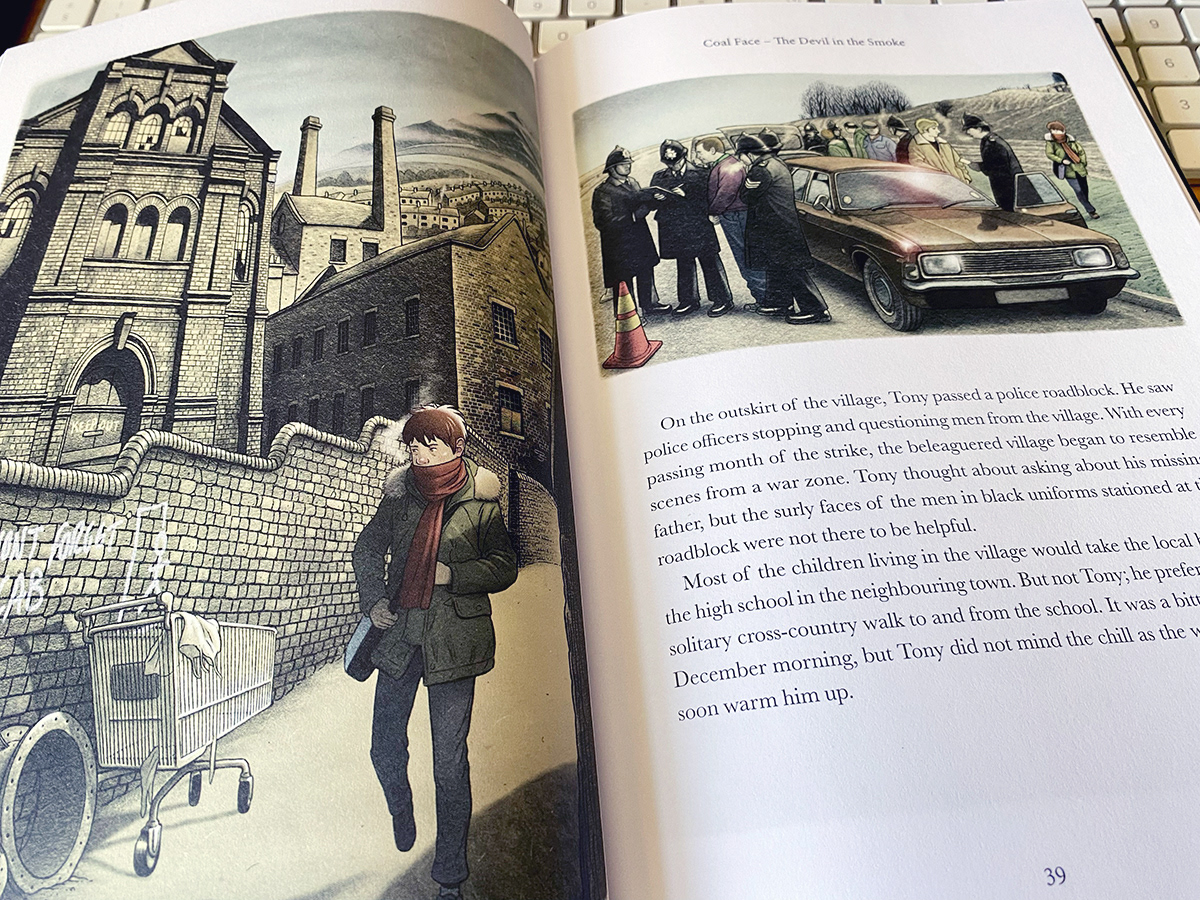
DaVinci Resolve - I use DaVinci Resolve (studio professional editing software) to edit promotional videos for my prior video game pitch presentations and for creating trailers for my book work.
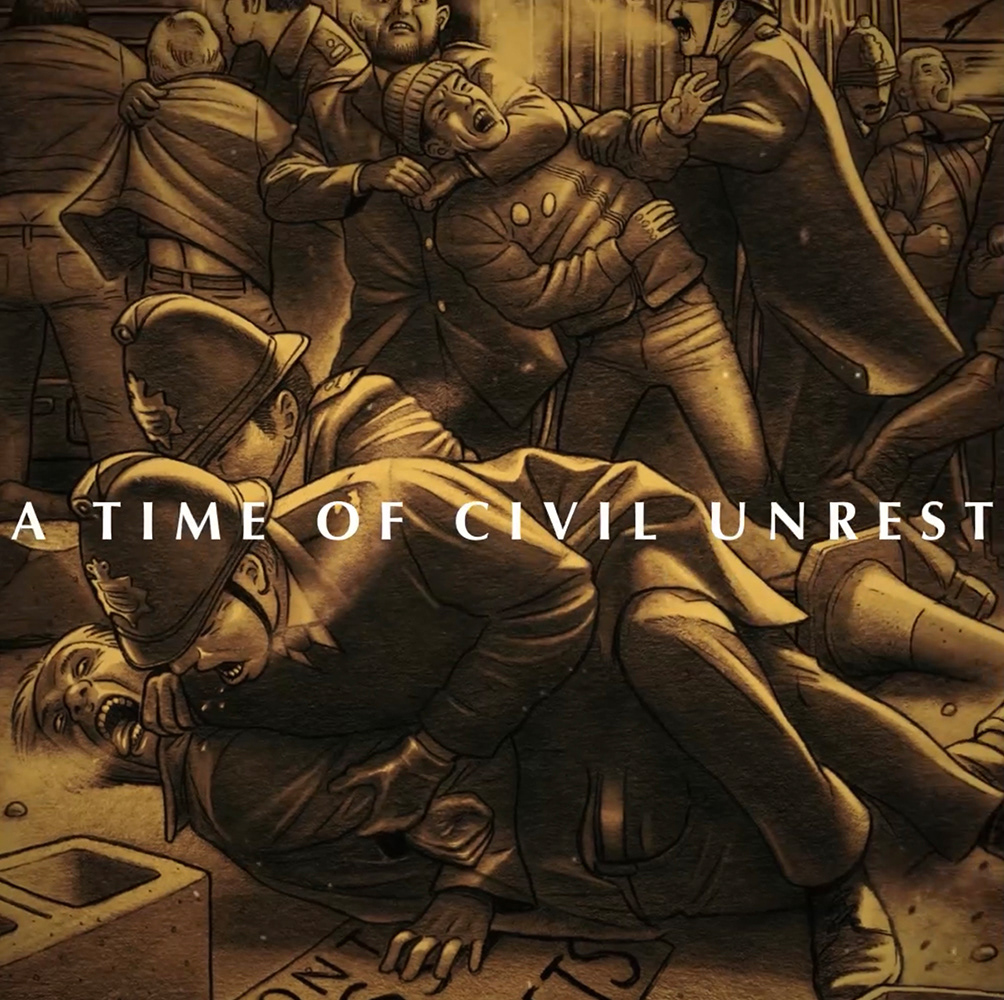
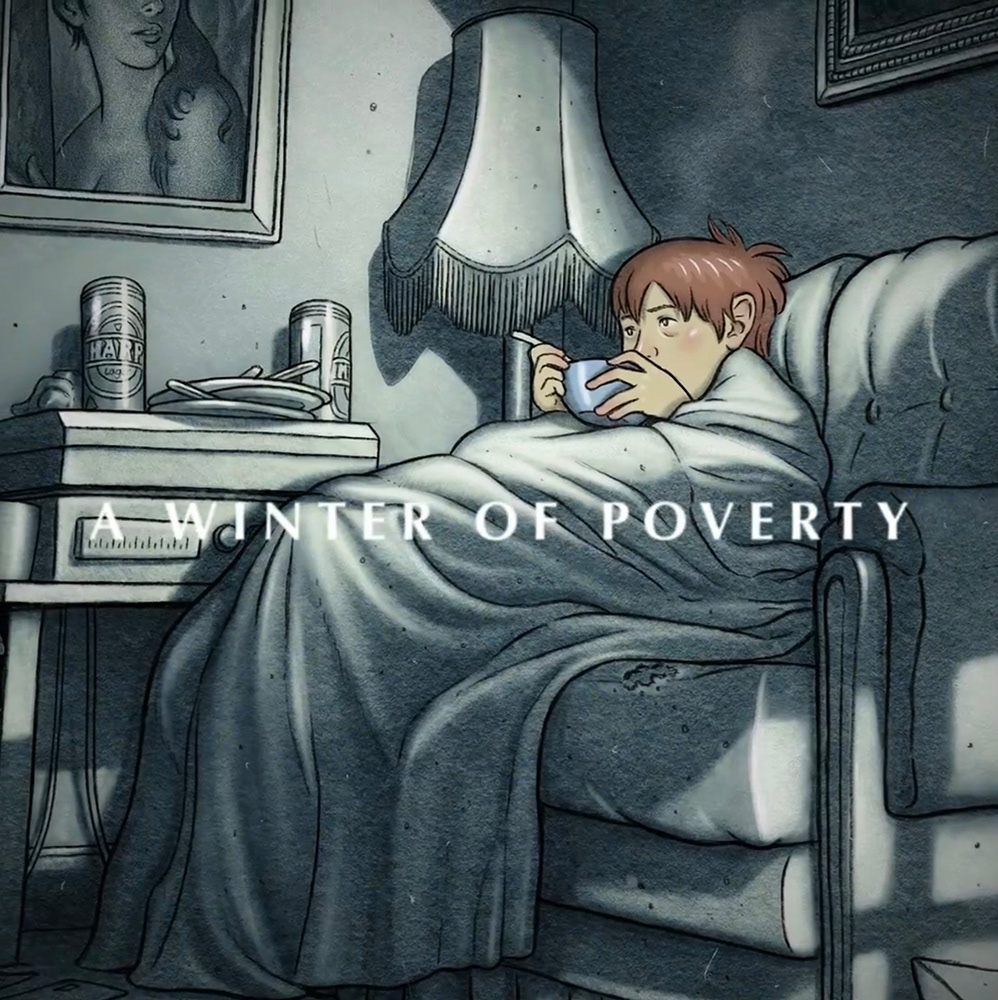
Research - Whenever and wherever possible, I like to get away from a computer screen in order to thoroughly research a design job. This could be anything from visiting existing locations for photograph and texture reference.
In my most recent work (1956 Individuals) I would work with professional historians to research accurate costuming and details to create museum worthy interactive characters.
But at the end of the day, it often comes down to a good old fashioned library or bookstore to discover an obscure reference book as a source of inspiration.
The outside world continues to be an endless source of fascination in all of my work and life.
